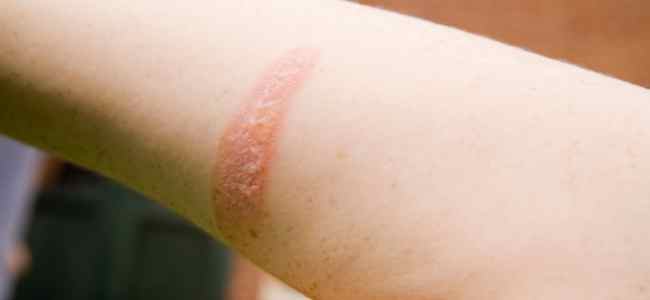One of the quickest ways to injure yourself is through a burn. Burns can range from a minor bruise to life-altering conditions or even death. Our bodies are delicate and fragile when put to the test versus a flame or heat.
Everyone has heard of the degrees of burns, but there are some common misconceptions on how the class system actually works. The higher degree of burns are extremely dangerous, and the lower degree can be very painful.
Degrees of burns are determined by how deep the burn goes into your skin. Your skin has many layers and the deeper a burn goes the more dangerous it is. Continue on for more information on the four degrees of burns, each of their symptoms, and how to prevent all burns.
Degrees of Burns: First
This lower level of burn is more common and happens to just about everyone from time to time. A typical sunburn is a perfect example of a first-degree burn. The skin will feel red and sore.
There could be some swelling when a first-degree burn is suffered. Although this level may not pose a significant threat, repeated sunburn could increase the chances of skin cancer. Any level of burn, even minor, is bad for the body and should be avoided.
A big indicator for the difference between first and second-degree burns is whether blisters have appeared.
Second-Degree Burns
With the next level of burn severity, the burn reaches deeper into your skin. Multiple layers of your skin will be impacted. Parts of the skin may start to peel off. Your skin will obviously be extremely red and have a very different appearance.
The threshold of pain for a second-degree will be noticeably different. This won’t be something that you can “grin and bear”. You may need to seek out medical attention.
Luckily, most second-degree burns do not leave a scar.
Third-Degree Burns
If you have a third-degree burn, your injury may have reached the point where it doesn’t even hurt. This level of destruction to your body means multiple layers of skin have burnt completely through.
Although there may be less pain, that is because of the burn reaching areas where your nerves are. If you ever burnt and someone else is at fault, make sure you get an injury attorney to help represent you.
This is the level where you need significant medical attention and it could be categorized as an emergency.
Fourth-Degree Burns
Along with the third stage, fourth-degree burns will leave a permanent scar. Burns of this magnitude are able to destroy major parts of the body, reaching all layers. Fourth-degree burns are life-threatening.
Some of the causes for fourth-degree burns are intense heat, boiling liquids, fire, or electricity. These elements could also cause lesser burns if exposure is limited.
Feel the Burn
There is no doubt burns of any kind severely disrupt the human body and can pose many health problems. The average person deals with hot liquid, open flames, and steam fairly commonly in their day-to-day life.
At least if you know the degrees of burns, you identify your issues and get medical help if needed.
If you like what you learned, check out the rest of our blog for more great info on health, business, and travel!


